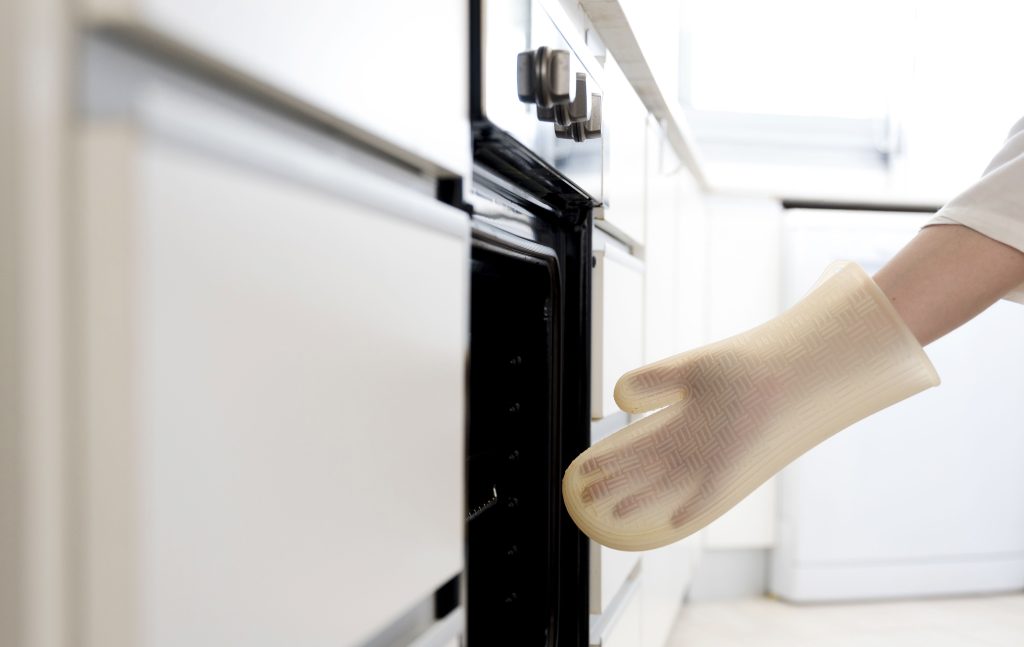
There’s a special kind of frustration that creeps in when your oven decides not to cooperate. You’re halfway into prepping dinner, everything smells promising — and then, nothing. No heat. No glow. Just cold silence from the one appliance you thought you could rely on.
Let’s be honest: ovens don’t always give you a warning. You might notice that the cookies are coming out pale. Or the lasagna’s bubbling, but only on one side. That’s when you start suspecting something’s off.
It’s not always about a total breakdown. Sometimes, your kitchen just throws tiny tantrums that snowball into chaos by dinnertime.
Where to Start When Heat Plays Hide-and-Seek
You don’t need to panic right away. A few simple checks often reveal what’s wrong without digging deep into your wallet — or tearing your hair out.
Look at the most obvious signs first:
- The oven light’s gone dark. Could be the bulb. Might be something more.
- If it’s heating but not evenly, chances are the oven broiler element is fried.
- Burnt edges and raw middles? A dying heating coil is often to blame.
When you’re dealing with electric models, issues like these usually lead you to a worn-out element. The good part? Electric oven burner replacement doesn’t require a mechanical engineering degree.
Fixing It Without Calling In the Cavalry
There’s a certain pride in fixing things with your own hands, especially when it comes to your kitchen equipment. Swapping out a dead heating element or doing a quick electric range heating element replacement isn’t as dramatic as it sounds.
Here’s what I usually check:
- First, I kill the power. No one needs a shock mid-repair.
- Next, I unscrew the damaged part. Most ovens hold elements in place with two or four screws.
- Finally, I slide in the new piece, hook up the wires, and boom — heat’s back.
If the element looks warped, discolored, or cracked, there’s no fixing it; you need to replace it altogether. Same goes for oven broiler element replacement — don’t patch, just swap.
Gas Oven Giving You Trouble? That’s a Whole Other Mood
Gas ovens come with their own quirks. And by quirks, I mean they can turn passive-aggressive if a single burner gets blocked.
When I need to fix gas oven issues, I start by cleaning out any food buildup near the igniter. A quick vacuum or a firm brush usually does the trick. If not, and the flame won’t light or keeps dying, you’re likely staring down a burner repair job.
And honestly, if you smell gas and the thing still won’t start — don’t push it. That’s when I back off and call a pro. There’s confidence, and then there’s safety.
Is Your Oven Just… Slow?
Some ovens don’t break. They just drag. Food takes longer, everything’s lukewarm, and your schedule’s toast. That’s where the oven power rating comes in. If it’s too low, don’t expect miracles.
A fast oven doesn’t mean it burns your food. It means it keeps up without drama. But even the best model will slow down if the heating element repair gets ignored too long.
And if your oven’s main purpose is pastries, bread, or cake — you’ve got to be more careful. A tired oven for baking might still warm up, but it won’t give you the lift or crust you need. In that case, I say don’t wait. Whether it’s to fix the oven element, repair oven heating element, or heating coil repair, do what needs to be done.
Final Thought Before You Toss It Out
Honestly, most of the time, a broken oven doesn’t mean a dead one. It just needs a little help. A new part here. A quick reset there. Keep a few tools around. Know your wiring. Trust your instincts.
And whatever you do, never underestimate the value of clean, reliable, well-maintained kitchen equipment. Especially when your kitchen is where the magic’s meant to happen.